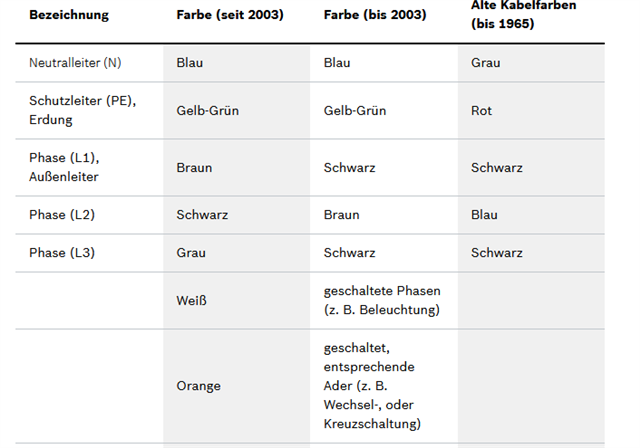Hi
I am working as a project engineer in Germany and are we installing new distribution switch gear due to age. Currently the earthing arrangement is TNC but will be changed to TNS due to compliance. The problem then being that all equipment is installed as a 4 wire system, with a combined earth and neutral. The Cable colours are generally brown,black,blue being the phase wires and green/yellow is the combined N/PE.
To overcome the earthing issue we will install separate protective conductors from the main earth terminal, but, I have been informed that the green/yellow cannot be marked for any other purpose other than earth. This seems madness as this encompasses the whole site and will therefore require for the whole installation to be rewired. As you will all know that this is not sensible or affordable.
so if anyone has answers to this question it would be greatly appreciated
